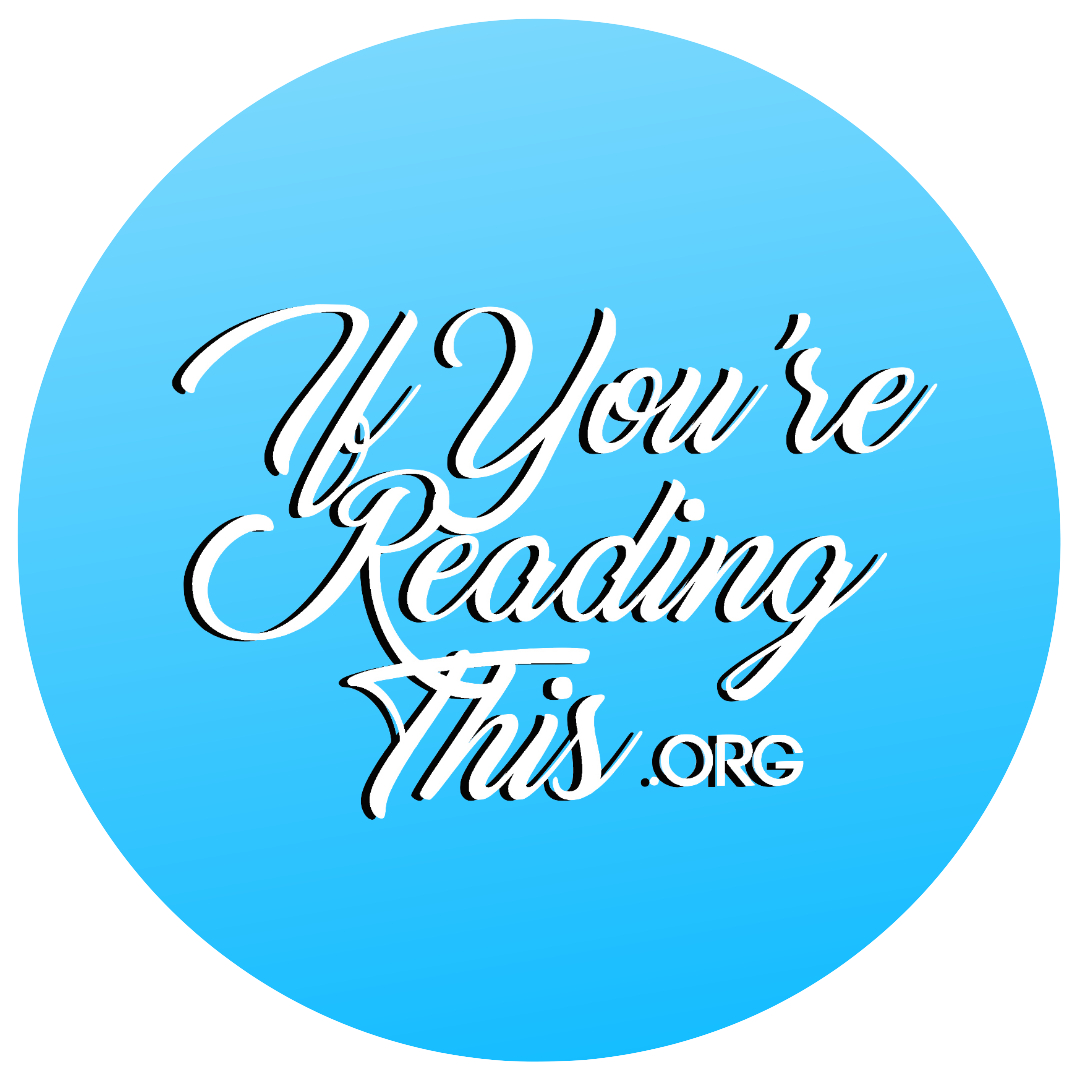Peer Health Educators X IfYoureReadingThis.org
If you’re reading this, it’s not your fault.
During my junior year of high school, a family member told me he didn’t think he had a future. I was devastated and I was scared. How could I see this person so often and not notice what he was going through? Fortunately, when he got help those feelings subsided. Months later my boyfriend at the time and I got into an argument. He told me that if I was even mad at him then he had no one else to live for and threatened to hurt himself. My best friend stayed with me as we called his parents and friends to intervene. He moved and I was able to push it out of my mind.
The next year, a student in one of my classes died by suicide. His name rang over the intercom and I thought I was going to throw up. In many ways he reminded me of my family member and my former boyfriend: funny, self-deprecating, talkative, and caring. How had I, once again, seen someone almost every day and not noticed? This time I wasn’t scared, I was angry. I lashed out at friends without reason and reflected personal disappointment and guilt onto them. But after graduation and leaving the reminders of this classmate behind, I let it go. Until this summer.
This summer was like someone had opened a trap door underneath me and I fell right back into the same feelings and questions I had in high school. Within a week and a half, a friend made an attempt on his life and another looked me in the eye and told me that he was going to kill himself. In the moment, I went through all of the motions of a textbook: “how can I best support you,” “here are the resources,” “you’re not alone in this.” I was in crisis response mode. It wasn’t until someone directly asked me how I was feeling that I thought about the answer. I was panicked. I felt as though at any moment I could lose the people around me because I wasn’t vigilant or caring enough. While it is easy to say that these situations are beyond our control, it is much harder to stop thinking “What if I had cut him off two drinks earlier?” “What if I had texted more often?” and worst “What would have happened if I didn’t go out to check on him?” All of these questions imply responsibility, guilt, and shame and they were all coupled with a feeling that this was someone else’s suffering and I had no right to be upset. I had to realize that watching the people you care about most struggle can be saddening, draining, and painful, especially when you feel incapable to help.
This summer I finally told someone how I felt and showed them the whole picture of my experience with mental illness. I cried more in those two weeks than I had in the past two years. Seriously, I cried on a treadmill. My friends from high school and UVA and one of my bosses all helped me realize that it wasn’t my job to live on high alert or to sacrifice my own well-being or safety in favor of that of others. As someone with the natural inclination to help, to step up, and to worry, letting go of the sense of responsibility that I had clung to for so long was hard and there are still some days that I carry it with me. We all strive to be the best friends and family members we can, but we can never replace clinical help and we cannot control the actions or thoughts of others. Be brave enough to ask yourself “is this affecting me?” Be humble enough to know when a situation is beyond your capacity alone to change. Be compassionate enough to yourself and others to see yourselves as equally deserving of mental wellbeing and to recognize when it might be your own turn to ask for help. Because taking care of yourself is sometimes your best mechanism to help the ones you love.
Kiera G., University of Virginia ‘20
This post is a part of a collaboration installment between IfYoureReadingThis.org and Peer Health Educators.
Our two organizations share the joint mission of creating a happier and healthier student body, and we encourage you to explore their resources and programs.
Peer Health Educators (PHEs) are a group of roughly 45 UVA students who are trained to educate their classmates about college health and wellness issues in a positive, interactive, fun, and nonjudgmental manner. Comprehensive training through a three-credit course prepares the PHEs to provide confidential patient education sessions; facilitate dynamic outreach programs; encourage physical, mental, and spiritual health; create informative awareness events; and promote community support to create a healthy culture. PHEs are trained to educate on mental wellness, nutrition, alcohol safety, and sexual health.
If you would like to request an outreach from the PHEs, go to tinyurl.com/requestanoutreach and fill out the form. If you would like to talk to a PHE in a one-on-one patient education session about any and all of the above-listed topics, either book a patient education online through healthyhoos.com or walk to the lower level of Student Health.
If you would like to learn more about the PHE program or would like to apply to become one, go to our tab in the student health website under “health and wellness” > “peer education”.


